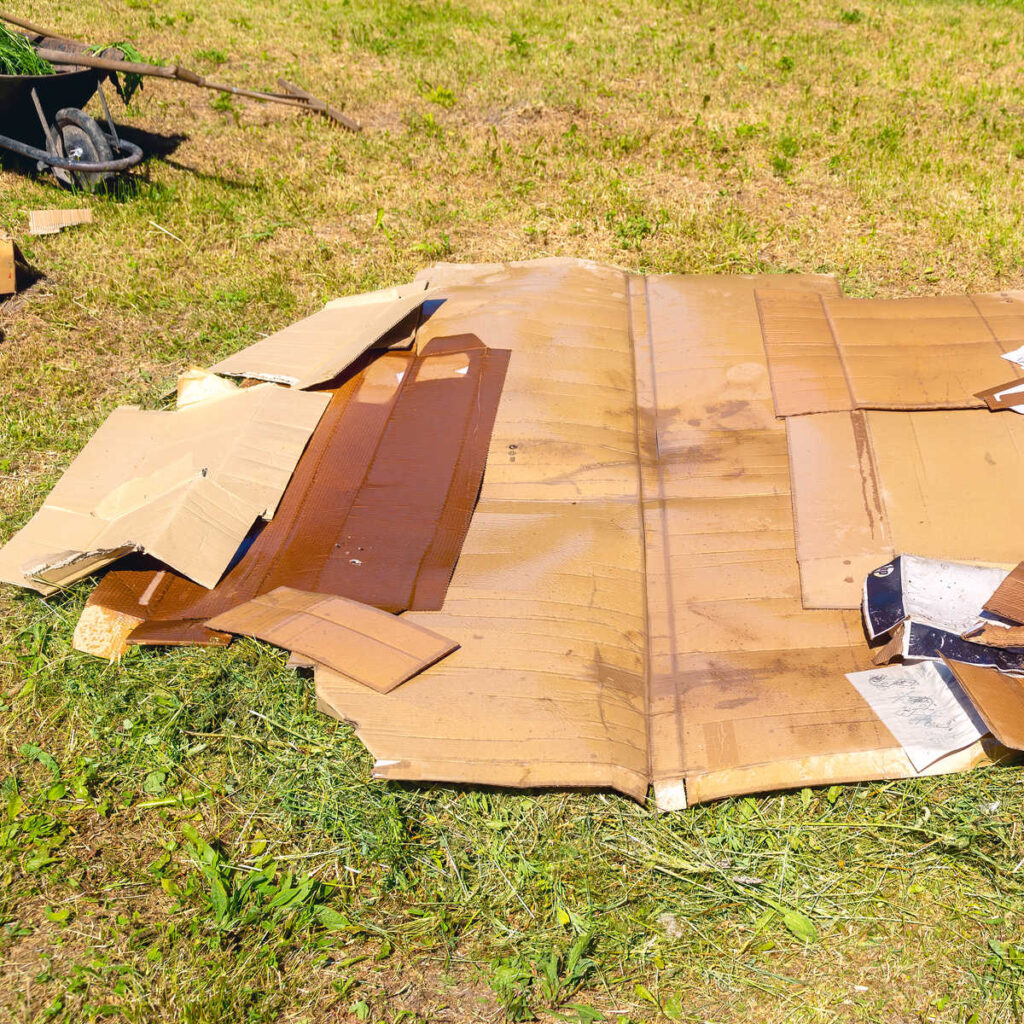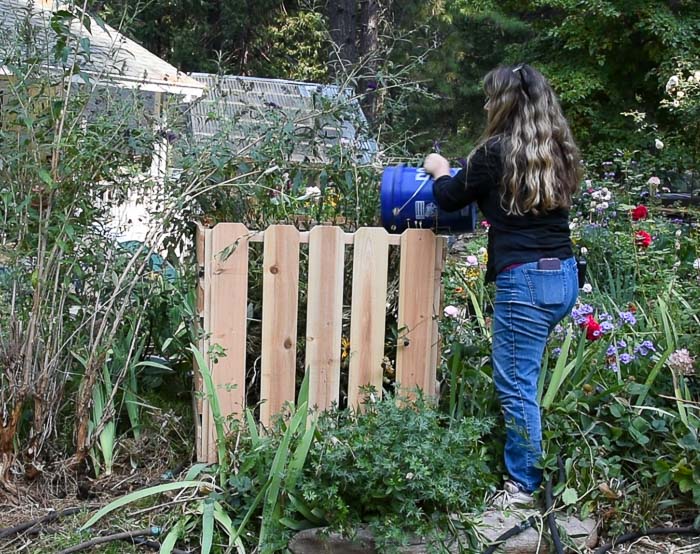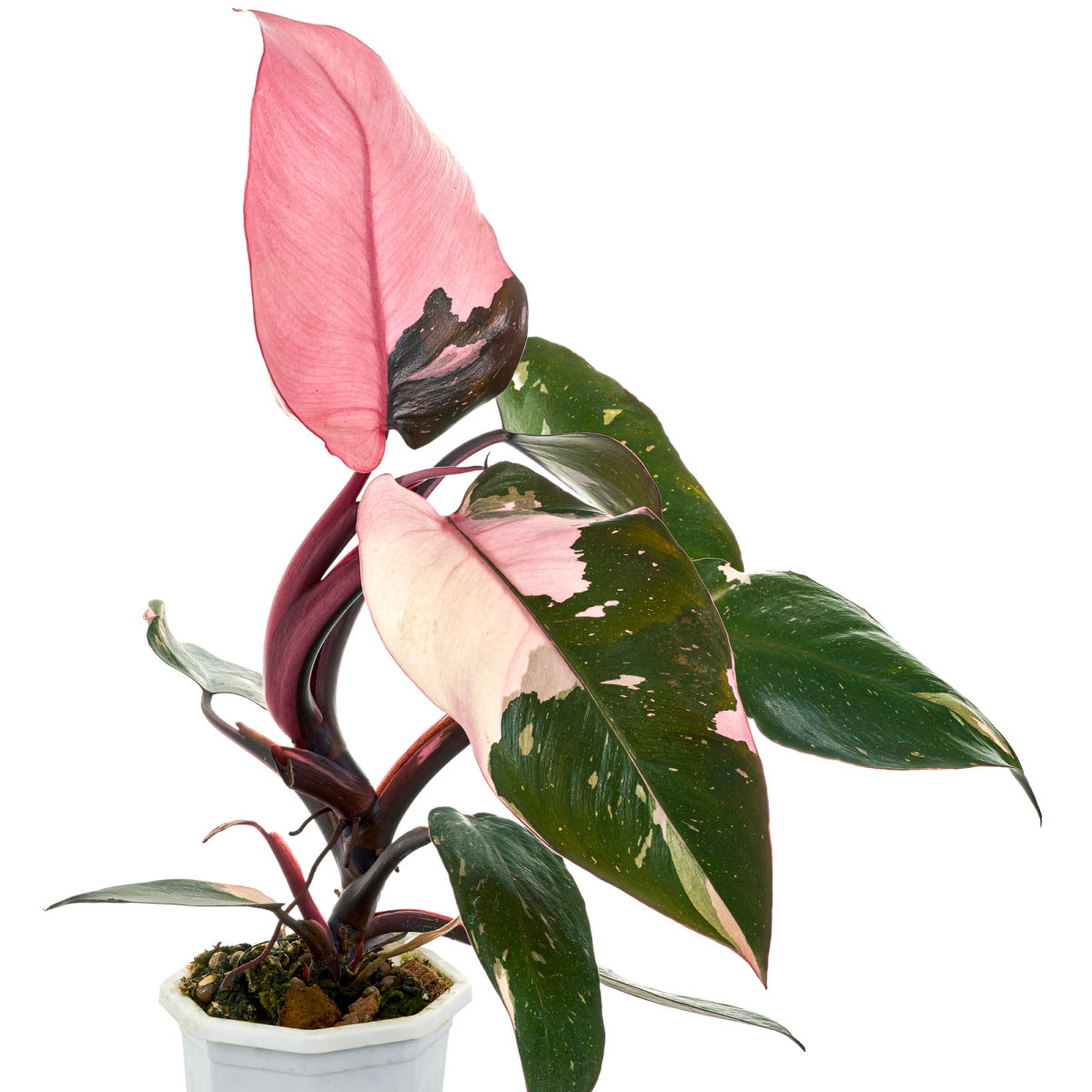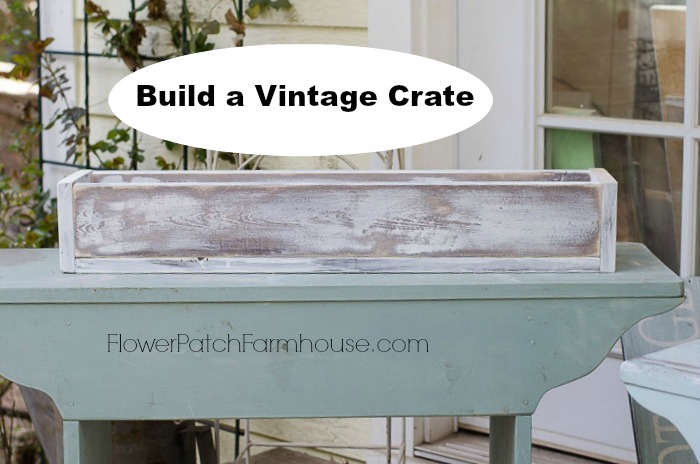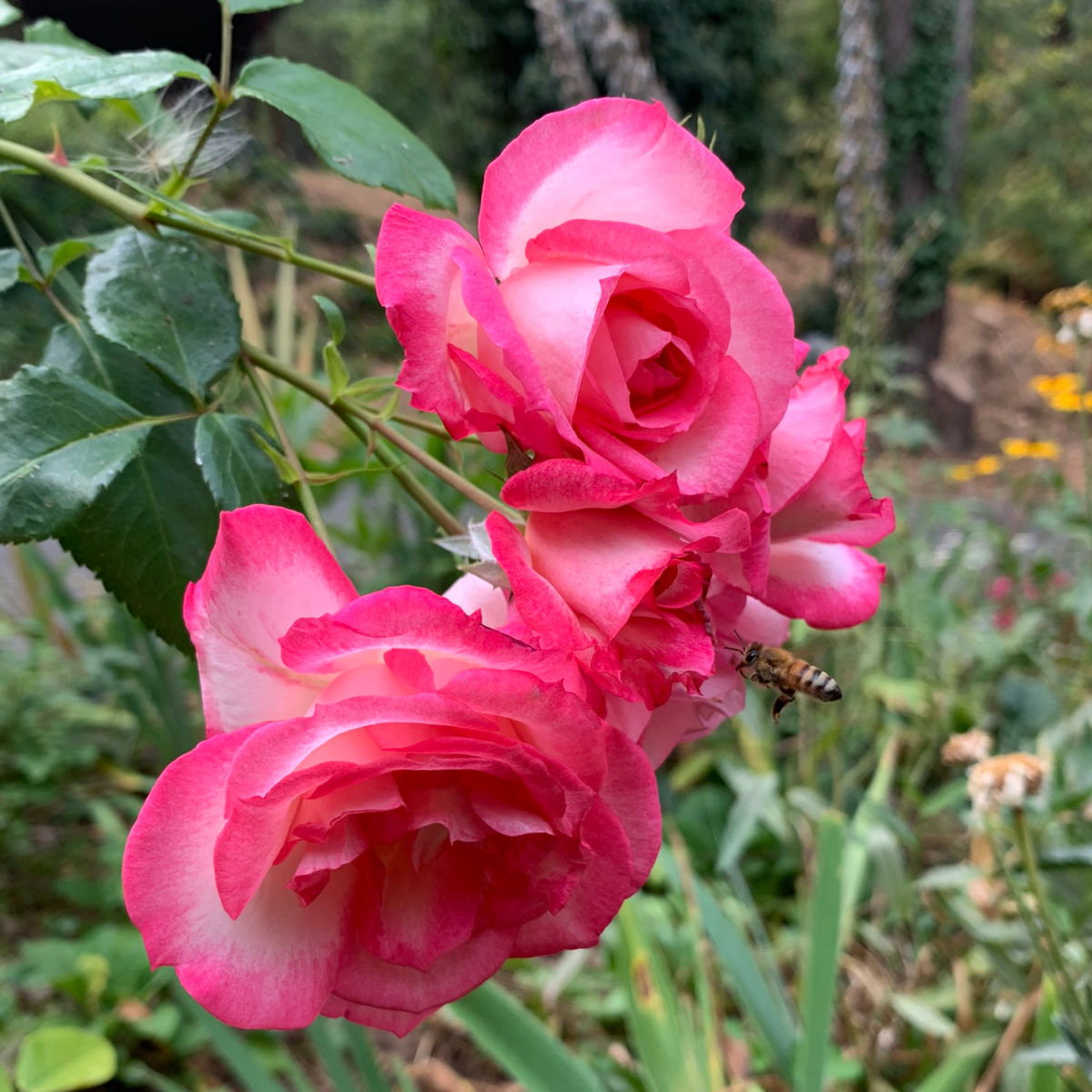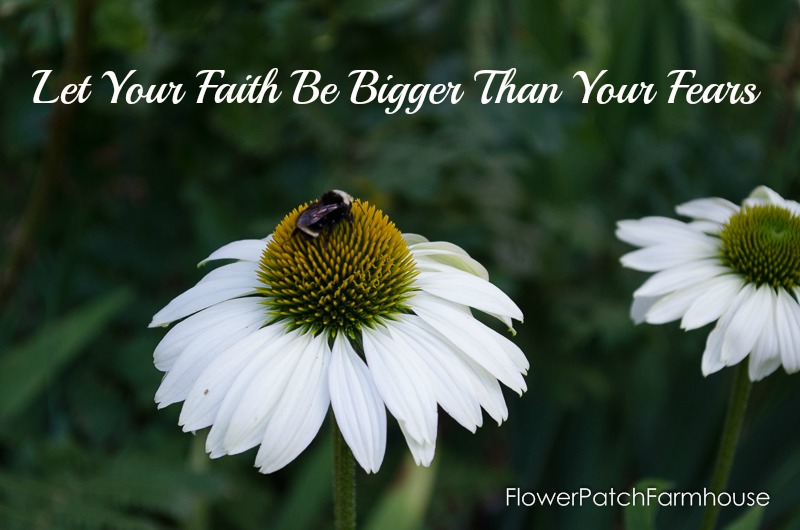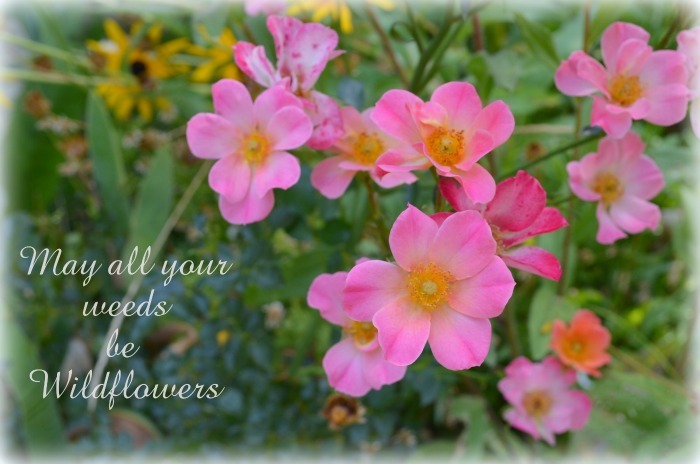Garden Sheet Mulching: Secrets to Success without Cardboard
In the ever-evolving world of sustainable gardening practices, sheet mulching has been rediscovered as a popular and environmentally friendly technique for nurturing healthy soils and promoting plant growth.
Closely related to lasagna gardening, sheet mulching involves layering organic materials directly onto the soil surface, creating a nutrient-rich environment that benefits both plants and the ecosystem.
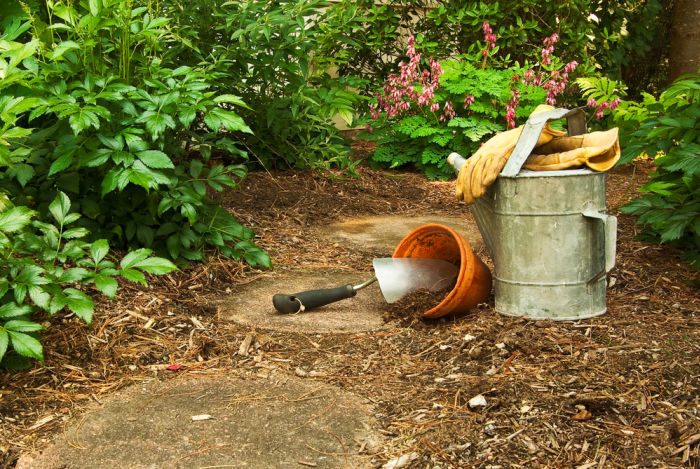
This post contains affiliate links. If you make a purchase after clicking a link I may make a small commission at no cost to you.
In this blog post, we’ll delve into sheet mulching, exploring its benefits, potential pitfalls, and how you can incorporate this method into your gardening routine safely.
What is Sheet Mulching?
Sheet mulching is a gardening technique that mimics the natural processes of nutrient cycling and soil building.
It involves putting down layers of organic material on the ground or new garden bed to create a thick, compostable “blanket” that promotes soil fertility and water retention. The layers can include cardboard, newspaper, straw, leaves, compost, pine needles, wood chips, and other organic matter.
Personally, I prefer not to use cardboard sheets or cardboard boxes on my soil or vegetable bed. I have an article all about using cardboard in the garden.
garden tips and tricks
Cardboard in Your Garden Might Not Be the Green Solution You Think!
For me, a thick layer of mulch and other garden debris served to do the job that recycled cardboard is purported to do without the worries of contaminants.
Layered thickly enough, leaves, straw, and other organic materials smother the existing grass and weeds and it creates healthier soil than with the layers of cardboard.
I learned this from reading about Ruth Stout’s methods she promoted a long time ago and not one sheet of cardboard is mentioned. Not only are her methods easy, but her writing about it is quite entertaining. She promoted sheet mulching way back in the 1960’s.
Here is an excerpt from one of her articles on Mother Earth News.
Everyone else is finally catching up!
Sheet Mulch Layers
Cardboard or Newspaper:
Many use cardboard or newspaper as the bottom layer to serve as a weed barrier. Cardboard and newspaper will eventually break down over time, allowing plant roots to penetrate the underlying soil. Until then cardboard may inhibit root growth unless you pierce it.
Cardboard in Your Garden Might Not Be the Green Solution You Think!
While the intentions behind using cardboard as mulch are commendable, there are several reasons why using cardboard in the garden may not be the ideal organic solution it is purported to be.
Browns Layer(Carbon-rich materials):
Layers of straw, pine needles, or shredded leaves provide carbon material, promoting a balanced carbon-to-nitrogen ratio as the materials decompose.
Greens Layer (Nitrogen-rich materials):
Kitchen scraps, grass clippings, and fresh plant material add nitrogen to the mix, fueling the decomposition process and enhancing soil fertility.
I also use chicken manure for my nitrogen-rich ingredients.
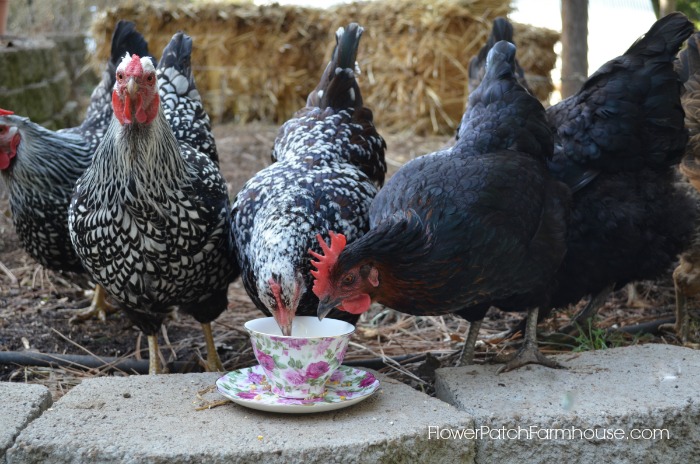
Compost:
A layer of compost introduces beneficial microorganisms, further enriching the soil and supporting plant health.
easily Make Compost for a Beautiful Garden
I am sure most of you have heard of compost. You can easily make compost and it is one of the best things you can do to create a beautiful and healthy garden..
Benefits of Sheet Mulching
Weed Suppression:
The initial layer of cardboard or newspaper suppresses weed growth. But do take into account that many weed seeds can outlive the cardboard and sprout once it has deteriorated.
Again, I have achieved weed control with a deep layer of dried leaves alone, so keep that in mind if you don’t want to use cardboard.
I am a Lazy Gardener and avoid adding unnecessary work when it comes to my gardening!
Soil Enrichment:
As the organic materials break down, they release nutrients into the soil, developing a nutrient-rich environment that supports plant growth.
Layers of mulch minus the cardboard do this even better than with. More on why later.
Water Retention:
Sheet mulching helps the soil retain moisture by reducing water evaporation and promoting efficient water absorption by plant roots.
Erosion Control
The mulch layers act as a protective barrier against soil erosion, especially in areas prone to heavy rainfall or wind.
Biodiversity Support
Sheet mulching encourages a diverse community of microorganisms, beneficial insects, and earthworms, creating a balanced and tough ecosystem.
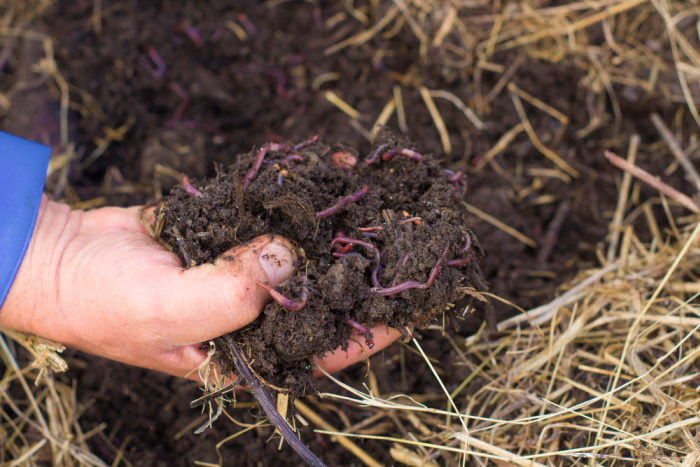
Risks and Important Considerations
While sheet mulching offers numerous benefits, it’s essential to be mindful of potential risks:
These risks are usually seen with the use of cardboard as the first layer. As noted before, I have been successful with layering all the other ingredients without placing them on top of the cardboard thus avoiding these issues entirely.
Anaerobic Conditions:
Excessive moisture trapped by the mulch layers can create anaerobic conditions, leading to root rot or other issues. Adequate drainage is crucial.
Cardboard may not break down swiftly enough which can lead to these conditions. Other ingredients don’t last long enough.
Rodent Habitat:
The warm, moist environment created by sheet mulching may attract rodents seeking shelter in your garden beds. Regular monitoring and adjustments will be needed to mitigate this.
I know the gophers around my place loved the area I had used cardboard on and it hid their presence which ended up being hugely problematic. (yes, I am admitting I have tried cardboard in my garden)
Nitrogen Tie-Up:
In the early stages of decomposition, nitrogen is utilized by microorganisms, potentially temporarily reducing the nutrient availability for plants. Adding additional nitrogen-rich materials might eventually counteract this effect.
This has been seen with the addition of wood chips alone without the other soil amendments.
But if you put down a high nitrogen layer before wood chips that helps to mitigate that issue.
If you recognize a nitrogen deficiency, I love using this liquid fertilizer, it is immediately available to plants without having to be broken down by microbes.
Growing Cover Crops
Growing cover crops in a new bed is a good idea along with a compost layer. Soil amendments should never contain possible contaminants, especially in a vegetable garden.
Cardboard can be a source of those contaminants.
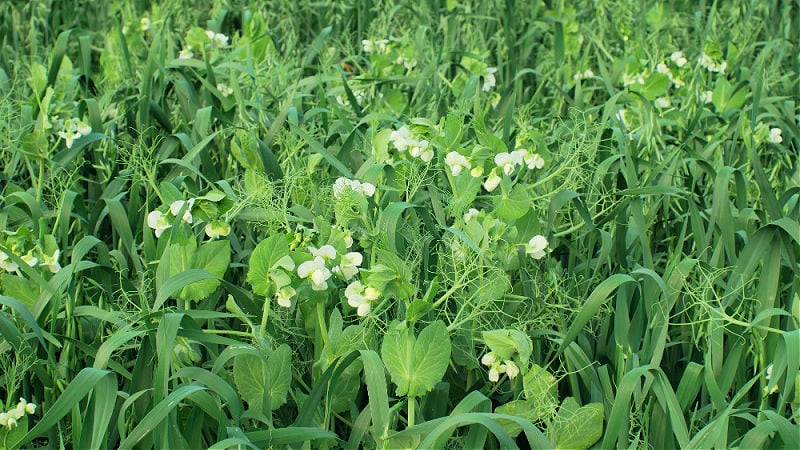
Conclusion
Sheet mulching can be a powerful tool in the garden. By understanding the benefits and potential risks associated with this technique, especially if you use cardboard, gardeners can harness the good while avoiding the bad. So, grab your gardening gloves and start layering properly for a greener, healthier garden!
